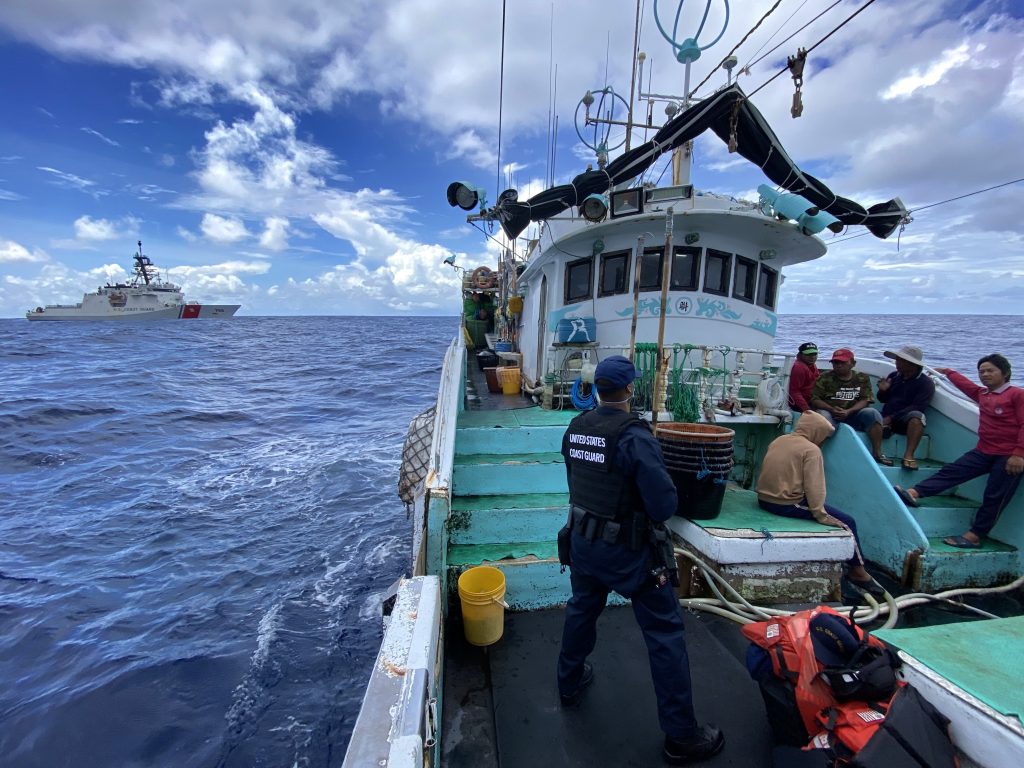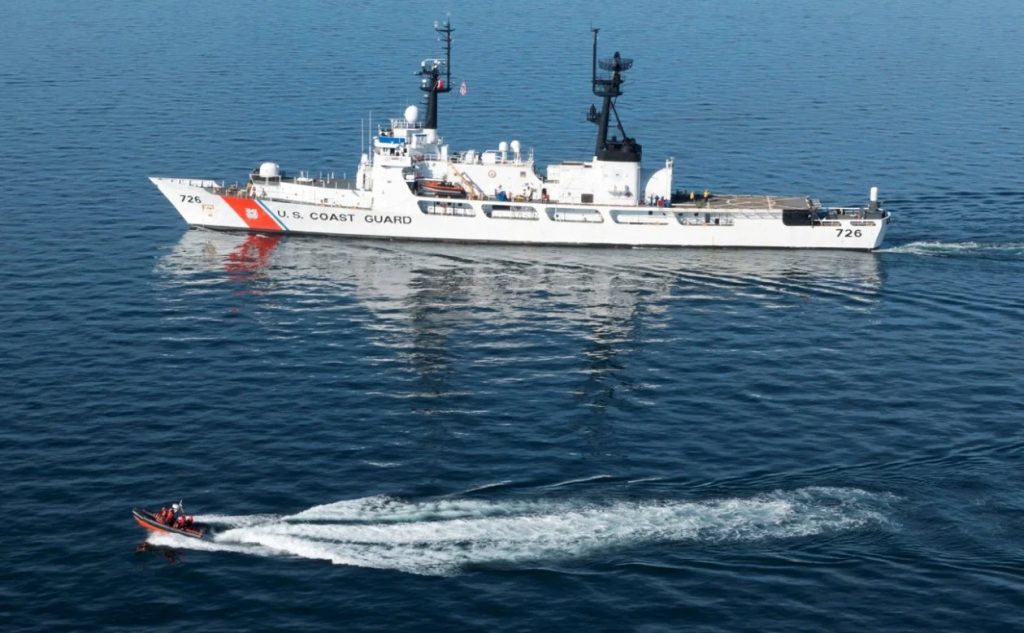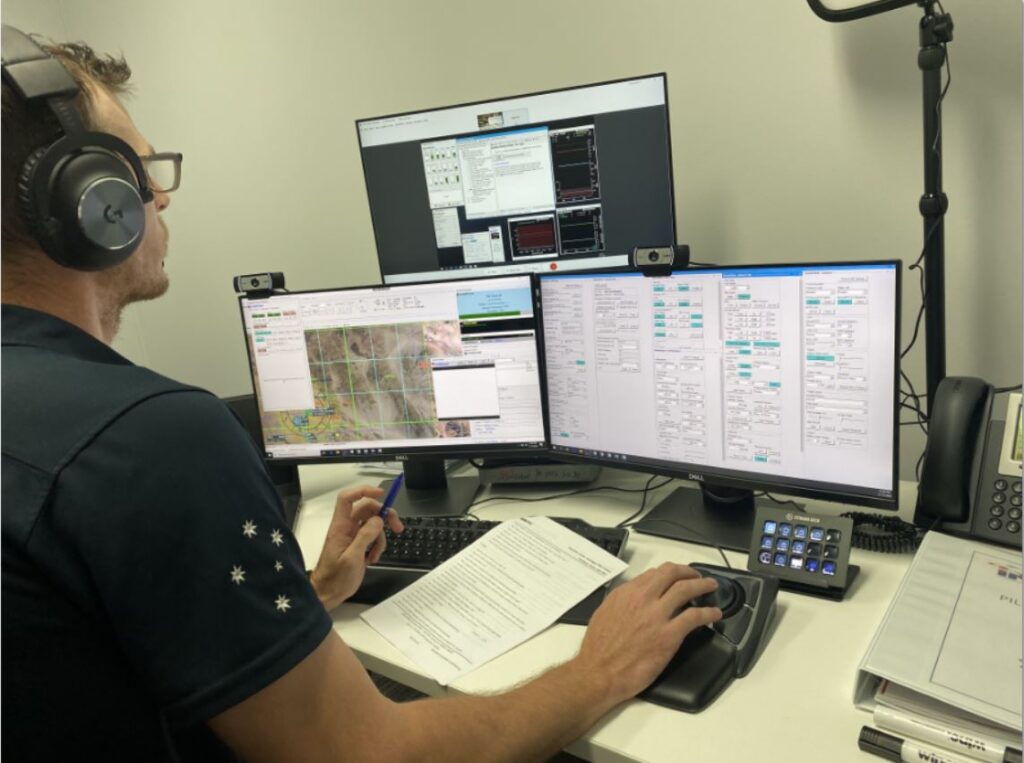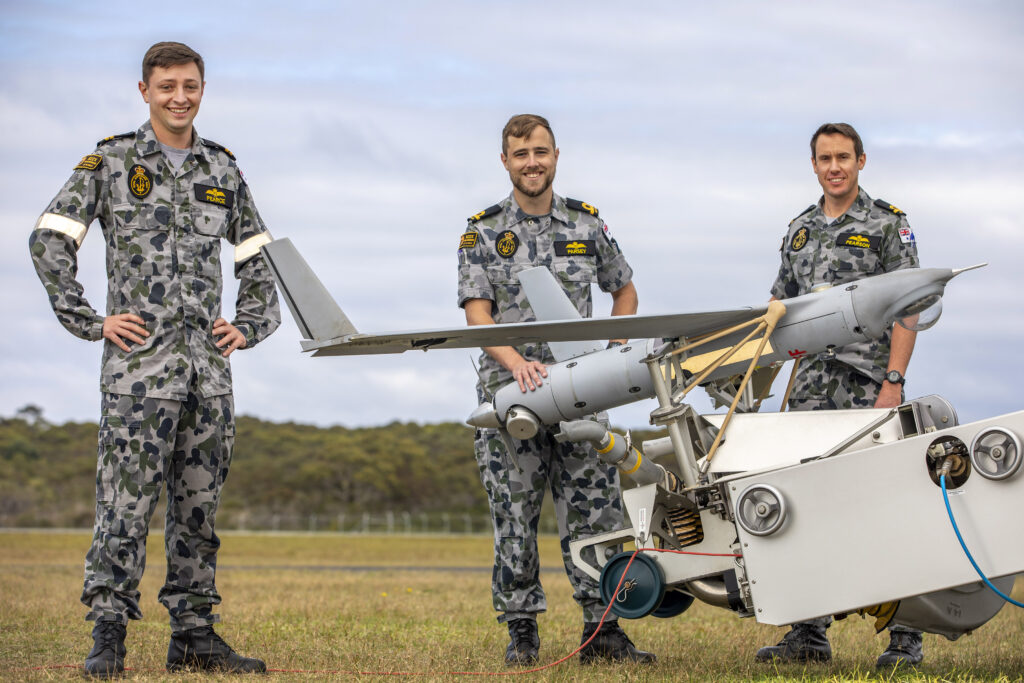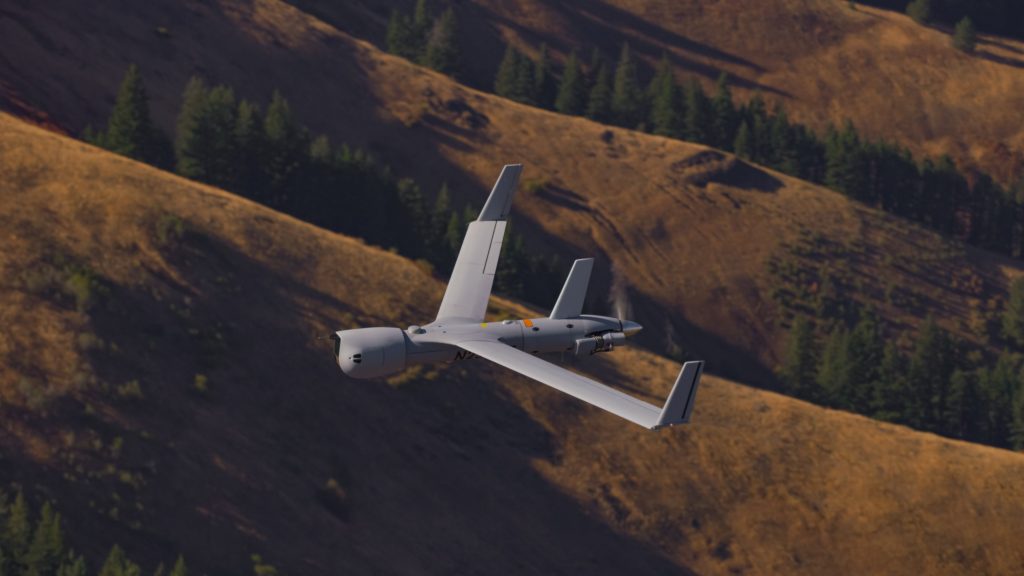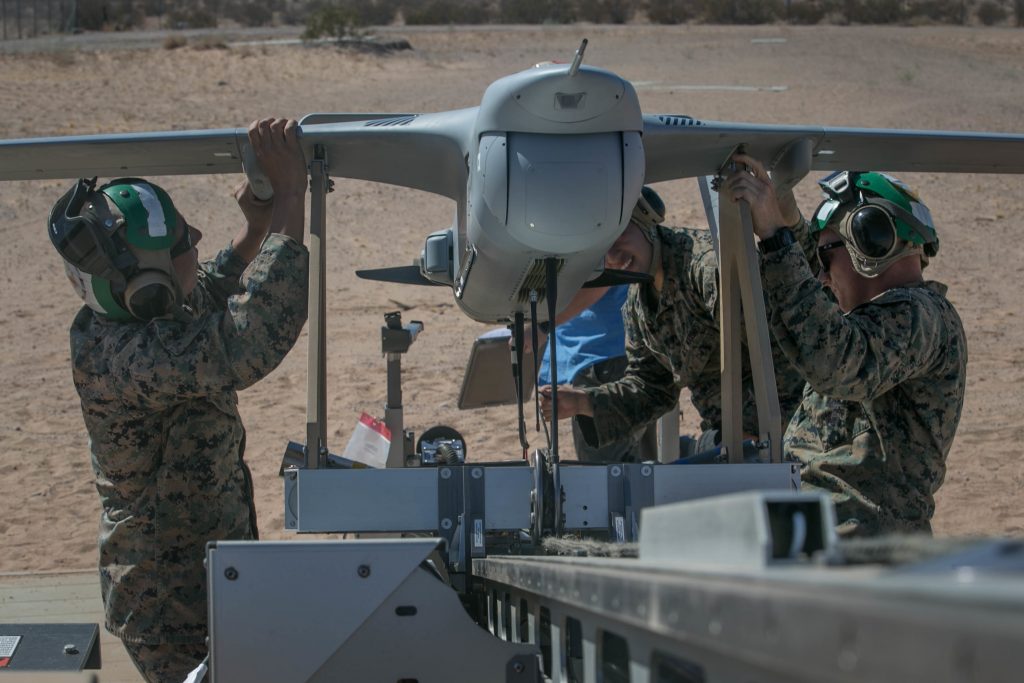
NAVSUP WSS Supports Achievement of 100% Readiness Rate
By Lt. Cmdr. Chase Vizzier, NAVSUP WSS Unmanned Aerial Systems director
In April 2021, the Naval Supply Systems Command Weapon Systems Support (NAVSUP WSS) Unmanned Aerial Systems (UAS) Integrated Weapon System Team (IWST) was able to support the achievement of both 100% Mission Capable (MC) and 100% Fully Mission Capable (FMC) rate for the UAS RQ-21A “Blackjack” platform; a feat rarely, if ever, seen by any Type Model Series.
The RQ-21A platform is utilized by both the U.S. Marine Corps and Naval Special Warfare (NSW) for deployments and exercises around the world. There are currently 155 Blackjack air vehicles in the fleet.
In order to reach 100%, the UAS IWST worked daily with key stakeholders, including fleet users, NAVSUP WSS Engines IWST, NAVAIR PMA-263, Fleet Support Team (FST) and Insitu, the Original Equipment Manufacturer. Collaboration and open communication between all stakeholders enabled real time updates and expedited finding solutions.
Furthermore, the UAS IWST championed different initiatives to increase overall readiness.
For example, the team hosted two End-to-End (E2E) events. These events were aimed at identifying potential issues, developing solutions, and tracking efforts to completion to proactively affect current and future readiness. The recent E2E events focused on the RQ-21 platform, the team identified 226 action items and to-date has completed 210 of those actions. Each week the team meets to review action items and discuss current supply degraders to identify potential solutions.
In addition to the E2E events, the UAS IWST holds weekly meetings with Insitu to discuss critical parts causing readiness issues. Receiving updated status, with all key stakeholders involved, allows the team to drive immediate solutions.
“This was truly a team effort. Not only did the logistics managers and equipment specialists go above and beyond, but our contracts team was paramount to Blackjack’s success,” said Ron Menzel, UAS IWST deputy.
Being able to ensure the right parts are in the right location enables our Blackjack mission partners to accomplish their broad and diverse missions. By reaching 100% FMC, the UAS Blackjack team met leadership standards, as detailed by Acting Secretary of the Navy Thomas Harker, in the recently released Department of the Navy Unmanned Campaign Framework, “To ensure success, the Navy and Marine Corps are tightly coupling our requirements, resources, and acquisition policies to develop, build, integrate and deploy effective unmanned systems faster.”
“Reaching 100% MC and 100% FMC is a tremendous accomplishment,” stated LtCol Ryan Finn, Senior Marine Liaison Officer at NAVSUP WSS. “Having the right parts allows both Marine and Naval Special Warfare users to accomplish any mission at any time, in any place. The capabilities the Blackjack brings to the fight are critical, and providing that capability at 100% is an unheard-of accomplishment.”
NAVSUP WSS is one of eleven commands under Commander, NAVSUP. Headquartered in Mechanicsburg, Pennsylvania, and employing a diverse, worldwide workforce of more than 22,500 military and civilian personnel. NAVSUP’s mission is to provide supplies, services, and quality-of-life support to the Navy and joint warfighter. Learn more at www.navsup.navy.mil, www.facebook.com/navsupwss and https://twitter.com/navsupsyscom.
More news
Insitu Advances its Fuel Cell Strategy
March 15, 2021Read more
Latest News
Insitu Advances its Fuel Cell Strategy
A Liquid Hydrogen (LH2) flight tank designed for Insitu’s ScanEagle3 UAV successfully completed liquid hydrogen fill, pressure and vapor generation testing
Read More »Cutter Kimball Conducts Patrol to Increase Maritime Presence
The use of SUAS expands maritime domain awareness and provides persistent airborne surveillance on maritime hazards, threats, and rescue operations.
Read More »IPL launches virtual classroom for Defence
The remote training delivers elements of the ScanEagle UAS course virtually…
Read More »
